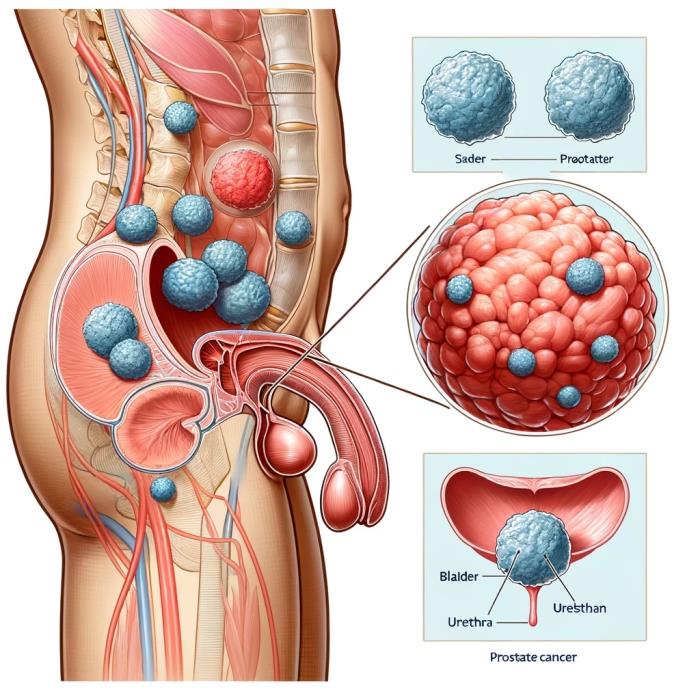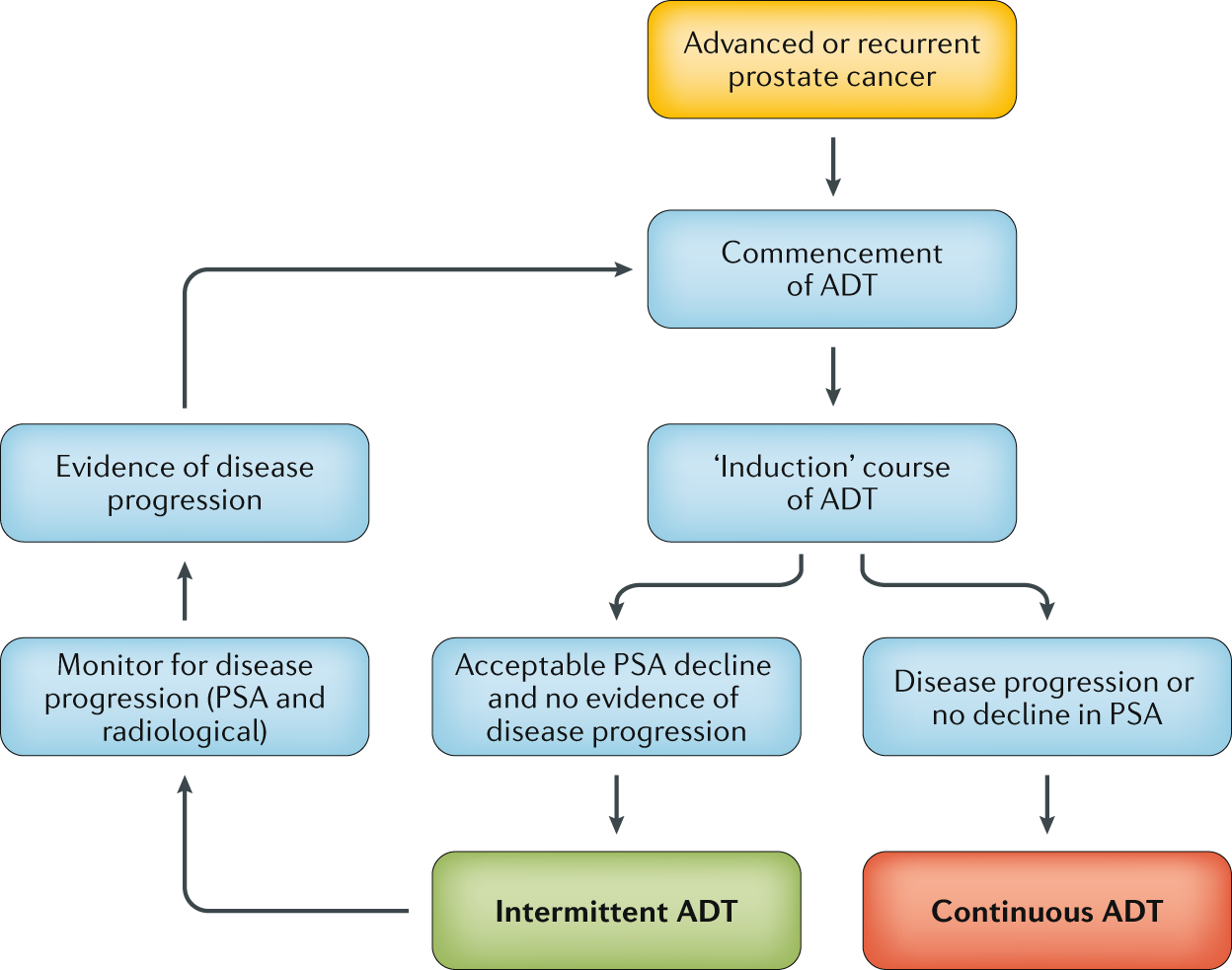Things about Best Prostate Cancer Hospital In India
Things about Best Prostate Cancer Hospital In India
Blog Article
Effective Prostate Cancer Cells Therapy Alternatives for Male
Prostate cancer cells is a widespread problem among males, with therapy choices varying depending on the stage and aggressiveness of the disease. In addition, approaches like careful waiting and energetic monitoring are obtaining recognition for their function in handling prostate cancer cells.
Surgical Treatment as Treatment Choice
Surgical intervention stands as a primary treatment option for prostate cancer clients in instances where the illness is local and surgery is regarded proper by the health care team. Prostate cancer cells surgical procedure aims to eliminate the cancerous tissue from the prostate gland, either partly (prostatectomy) or totally (radical prostatectomy) The decision to choose surgery is commonly based upon various aspects, consisting of the stage of cancer, the individual's general wellness, and potential adverse effects.
One typical medical method is robotic-assisted laparoscopic prostatectomy, which offers accuracy and marginal invasiveness contrasted to standard open surgical treatment. This technique uses robot arms managed by the doctor to eliminate the prostate gland with enhanced mastery and visualization.
While surgery can be effective in getting rid of localized prostate cancer cells, it may require risks such as urinary system incontinence and impotence. Individuals considering surgery must engage in extensive discussions with their doctor to weigh the advantages and prospective disadvantages of this therapy choice.
Radiation Treatment for Prostate Cancer
Having explored the function of surgery in treating local prostate cancer, the focus now shifts to going over radiation treatment as an additional vital treatment technique for this condition. Radiation treatment uses high-energy rays to target and destroy cancer cells in the prostate gland. There are 2 key types of radiation treatment generally utilized for prostate cancer cells: exterior light beam radiation and brachytherapy.
Exterior beam radiation entails guiding radiation from a device outside the body in the direction of the prostate. This method is generally provided daily over numerous weeks. On the other hand, brachytherapy entails placing radioactive seeds directly into the prostate, providing radiation from within. This strategy permits an extra targeted dosage of radiation to the tumor while reducing exposure to surrounding healthy and balanced tissues.
Radiation therapy can be a standalone treatment for localized prostate cancer or utilized in combination with various other therapies, such as surgery or hormone therapy, relying on the stage and aggressiveness of the cancer. best prostate cancer doctor. Usual negative effects of radiation treatment might include tiredness, urinary system problems, and bowel troubles, which are typically short-lived and can be handled successfully
Hormone Treatment in Prostate Cancer
Hormone treatment is an essential therapy strategy in managing prostate cancer cells, particularly in instances where the cancer has spread out beyond the prostate gland. Prostate cancer cells usually depend on male hormones, such as testosterone, to grow. Hormonal agent therapy, likewise called androgen deprival therapy, aims to either reduce the production of these hormonal agents in the body or obstruct their impacts on the cancer cells.
There are various sorts of hormonal agent therapy available for prostate cancer cells treatment. One typical strategy is making use of medications called LHRH villains and agonists, which work by decreasing testosterone degrees. One more alternative is anti-androgens, which Click This Link obstruct the action of androgens on the cancer cells. Some guys may take advantage of a combination of these therapies to properly take care of the cancer.
Hormonal agent therapy can assist reduce the progression of prostate cancer, alleviate signs and symptoms, and enhance high quality of life. Nevertheless, it is not a curative treatment and may feature adverse effects such as warm flashes, exhaustion, and loss of libido. Normal surveillance and conversations with doctor are important to manage the impacts of hormone treatment effectively
Immunotherapy for Prostate Cancer Cells
Immunotherapy has arised as an encouraging therapy method for prostate cancer, providing new methods for combating the illness. Unlike typical therapies like surgical procedure or radiation, which directly target cancer cells, immunotherapy jobs by harnessing the body's body immune system to acknowledge and attack cancer cells.
One form of immunotherapy being checked out for prostate cancer is checkpoint inhibitors. These drugs target proteins that stop the immune system from acknowledging and attacking cancer cells. By blocking these proteins, checkpoint inhibitors can improve the immune reaction versus prostate cancer cells.
An additional approach includes therapeutic injections, which stimulate the body immune system to target details antigens discovered on prostate cancer cells. These injections can help the immune system determine and damage cancer cells better.


Watchful Waiting and Active Monitoring
In the world of prostate cancer cells administration, specifically for situations where aggressive intervention may not be right away required, the method of careful waiting and active monitoring plays a significant role. Careful waiting includes keeping track of the cancer cells without immediate treatment, stepping in only if the cancer reveals indications of development. This method is commonly taken into consideration for older clients with slow-growing growths or those with numerous wellness concerns where the dangers of therapy might exceed the advantages.
Active security, on the various other hand, includes routine surveillance with PSA tests, digital anal tests, and regular biopsies. It is generally suggested for patients with low-risk prostate cancer to very closely track any type of modifications in the cancer cells's actions. If there are indicators of the cancer cells becoming a lot more aggressive, treatment options can be reassessed.
Both watchful waiting and active monitoring objective to avoid unnecessary therapies and find out here their prospective side effects, such as urinary incontinence and erectile disorder, while making sure timely intervention if the cancer cells progresses. These techniques supply an equilibrium between handling the cancer efficiently and maintaining the client's high quality of life.
Final Thought

Prostate cancer cells surgical treatment aims to remove the cancerous cells from the prostate gland, either partially (prostatectomy) or entirely (radical prostatectomy)Having actually explored the role of surgery in dealing with local prostate cancer cells, the emphasis currently moves to reviewing radiation treatment as one more essential therapy method for this disease.Hormone therapy is a vital therapy approach in managing prostate cancer cells, especially in situations where the cancer has spread past the prostate gland. Careful waiting involves keeping track of the cancer cells without prompt therapy, interfering only if the cancer shows indications of progression. It is commonly recommended for patients with low-risk prostate cancer cells to closely track any kind of modifications in the cancer cells's behavior.
Report this page